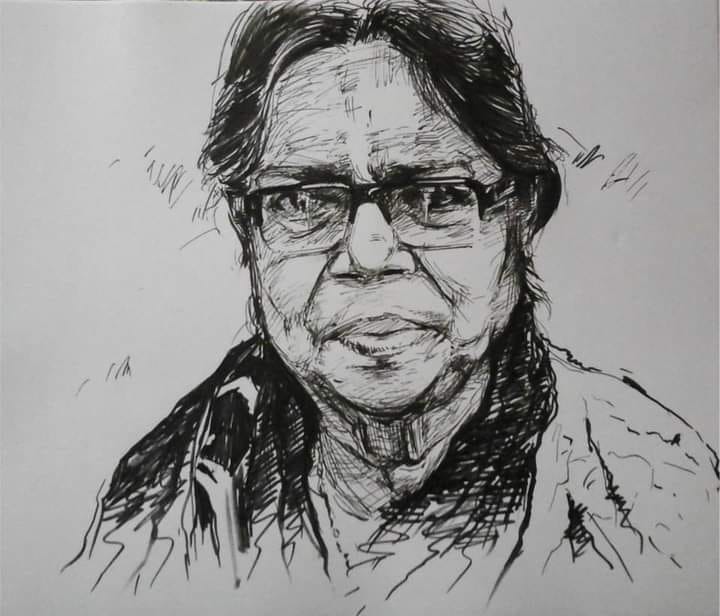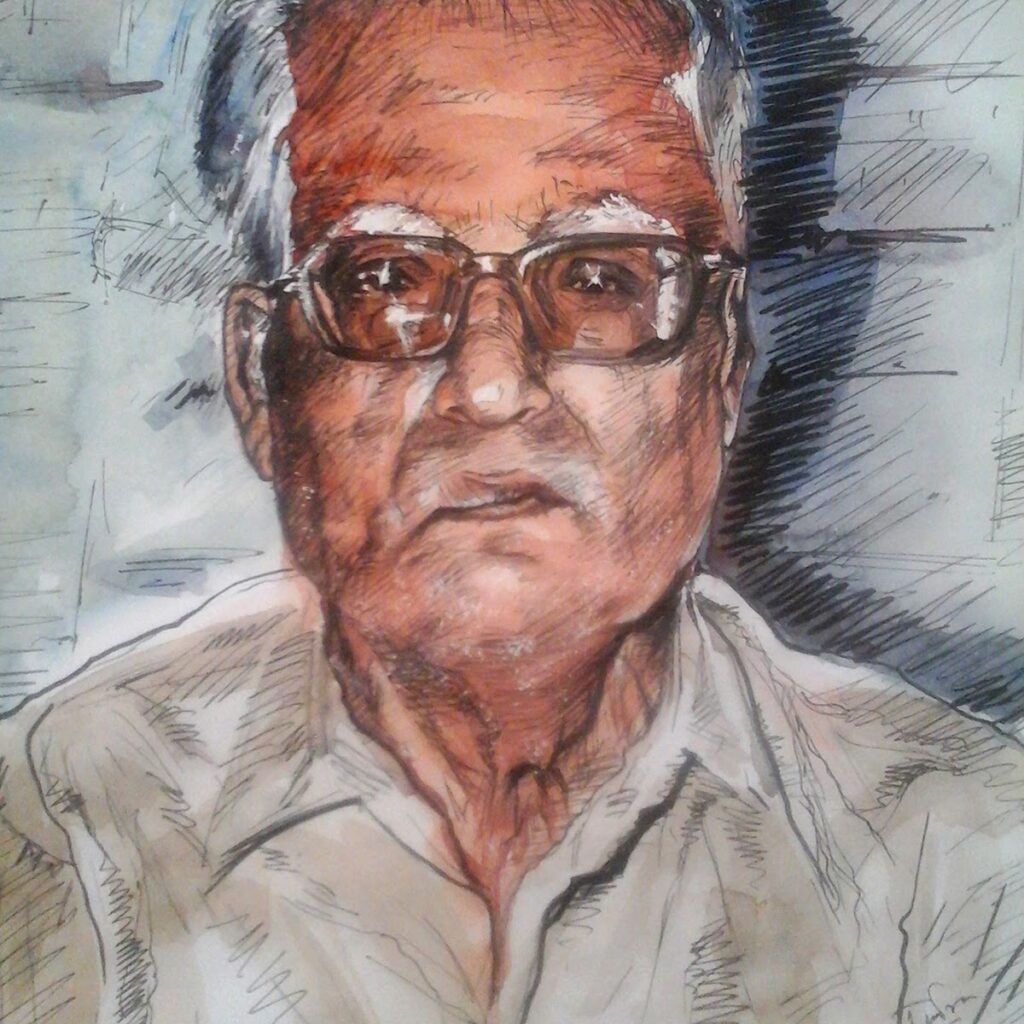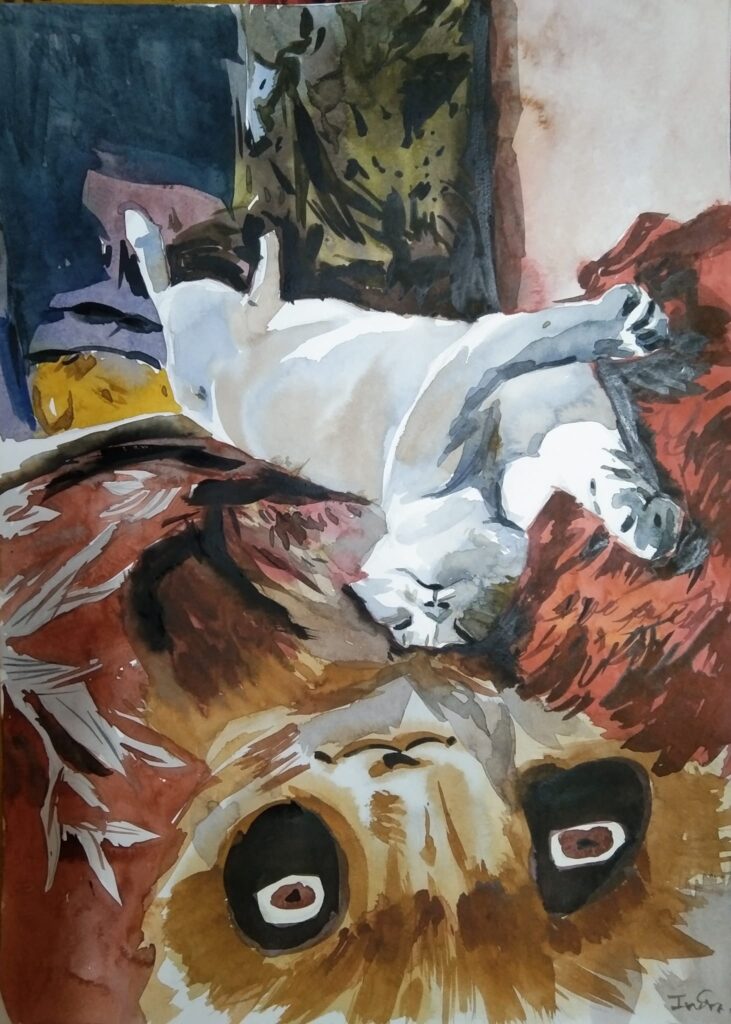BEHIND THE CANVAS
Indranil’s Artistic Odyssey
Behind the Canvas: A
Journey of Artist Indranil Banerjee
Art is often seen as a medium for expressing emotions, stories, and messages, but for Indranil Banerjee, it is far more personal and profound. His canvas is not just a surface to project ideas—it becomes an extension of himself, a subject in its own right. In his own words, “Canvas, to me, is a subject. It tolerates my angry outbursts and patiently listens to my imagination.” This intimate relationship between artist and canvas defines the essence of Indranil’s artistic journey, which is deeply introspective, marked by self-discovery rather than an external narrative.
The Process of Self-Realization
For Indranil, painting is not about making grand statements or offering sermons to society. Instead, it’s a process of self-realization—a meditation. The first stroke on the canvas sets the tone for what comes next. It isn’t planned or premeditated but rather an organic flow of emotions. “The first tone on the canvas decides the flow and flight of my journey. After executing a thought, I am a relieved man,” he says. But this relief is fleeting. When one piece is finished, a new process begins, and the internal dialogue resumes. Painting, for him, is a space where his mind and subject merge, creating something that, while deeply personal, resonates with the idea of finding oneself.
Indranil’s art does not carry a message in the conventional sense. His paintings are not vehicles for storytelling or conveying a specific concept. Instead, they are a reflection of his internal world—a place of meditation, or dhyan, where he loses and finds himself. “I always feel that paintings are not a medium or place to show my concept, ideas, or beautiful stories. It does not carry any message. Rather, it takes me to a world within me, finding myself through a path of self-realization.” In this way, his work transcends explanation, crossing the limits of worldly expression and becoming something almost spiritual.
Early Artistic Endeavors
His early days as an artist were filled with experimentation and raw passion. During college, Indranil carried a secret sketchbook in his bag, where he would doodle, scribble, and experiment with ideas. This sketchbook became a personal diary filled with the scribblings of a restless mind. “After college, I would doodle in that sketchbook. I filled many notebooks; some are still there, many have been lost. Scribblings of a madman,” he recalls. These early sketches were not meant for public consumption but were essential to his artistic growth, offering a space to explore without judgment.
After college, Indranil’s journey as an artist continued with exhibitions, though they were often met with indifference. He recalls transporting his paintings in a van to galleries, with his father offering practical advice: “Make sure nothing comes back.” But, more often than not, the van returned a week later with his unsold paintings. “A week later, the same van would be back in front of the house with these bullshits,” he says with a sense of resignation.
For Indranil, success in the conventional sense—fame, recognition, and financial gain—has never been the goal. In fact, he admits that his paintings rarely made any money. “If my heart wasn’t in it, I never painted. And whatever bullshit I did paint never made any money, and it still doesn’t.” His work has often been misunderstood, and as a result, much of it has been lost. Yet, despite this, he continues to create, driven by an inner need rather than external validation. “No one understood it, and no one understands it still,” he remarks.
A Journey of Introspection
Indranil Banerjee’s artistic journey is one of profound introspection. His work reflects not just his thoughts and emotions but also his relationship with the act of creation itself. His paintings mirror his inner world, a world where art is not about making a statement but finding oneself. And though much of his work remains unseen or misunderstood, this deep, personal connection to his art makes his journey so compelling. He paints not for others but for himself—each canvas is a step closer to understanding who he truly is.

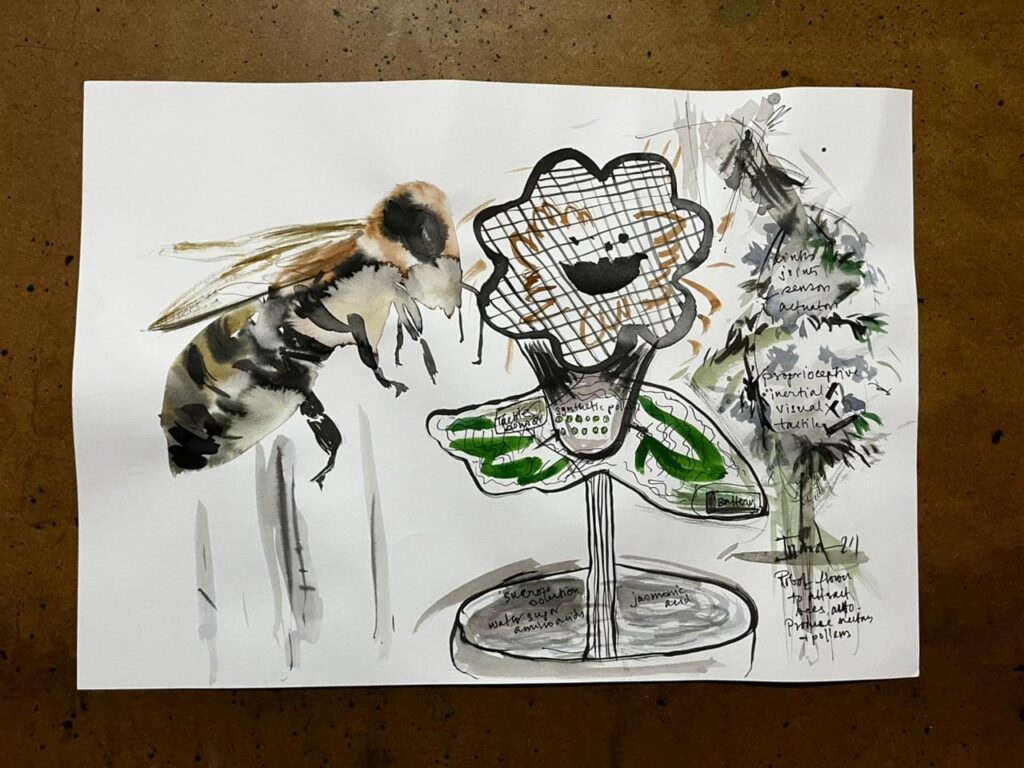
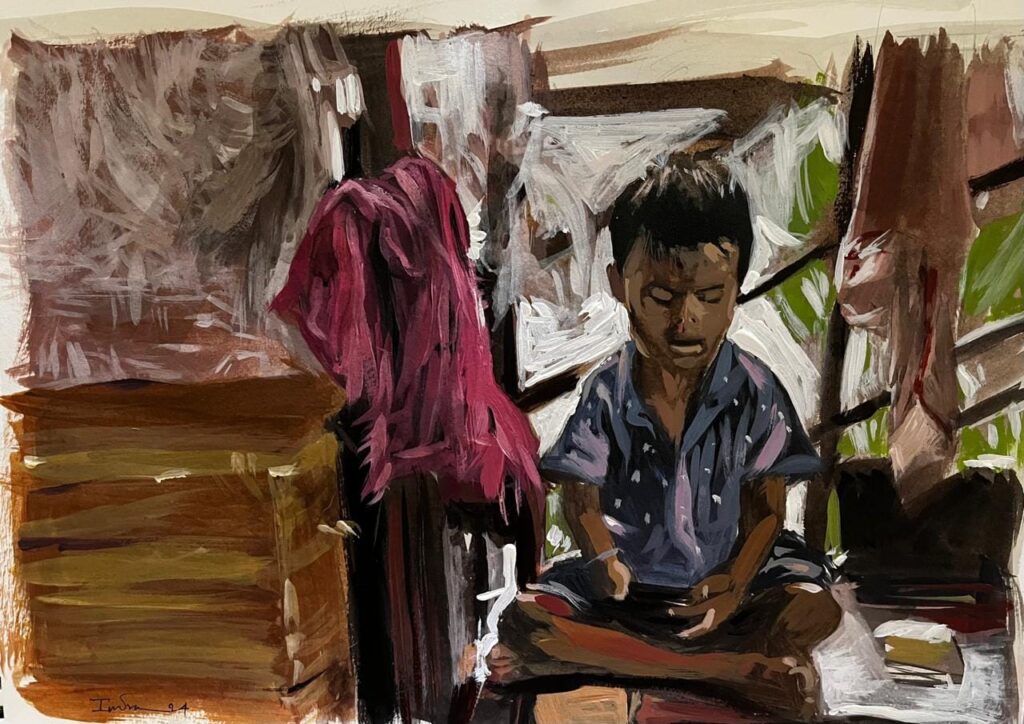


Indranil Banerjee’s journey as an artist is deeply rooted in rigorous academic training and an insatiable thirst for experimentation. A graduate of the prestigious Government College of Art & Craft, Kolkata, one of India’s oldest and most reputed art institutions, Indranil honed his skills in the traditional western style of painting, mastering techniques that demand precision, patience, and an acute understanding of the interplay between light, color, and texture. However, his practice evolved far beyond the confines of academic norms, pushing the boundaries of traditional art to forge a unique and deeply personal style rooted in abstract expressionism.
Foundations in Western Classical Training
Indranil’s education at the Government Art College laid a strong technical foundation in oil painting and watercolor, techniques he mastered with finesse and dedication. His training drew inspiration from European masters such as J.M.W. Turner and John Constable, whose works exemplify the beauty of nature, movement, and atmospheric effects. This foundation gave him an unparalleled grasp of classical realism and the ability to recreate intricate textures and vivid landscapes.
Watercolor, in particular, became one of his strongest mediums, reflecting the legacy of Turner and Constable’s impressionistic styles. His proficiency in handling this demanding medium, where every stroke is permanent and every decision is irreversible, speaks to his exceptional control and precision. The fluidity of his watercolors is juxtaposed with the richness and depth of his oil paintings, making his work stand out as a rare blend of traditional excellence.















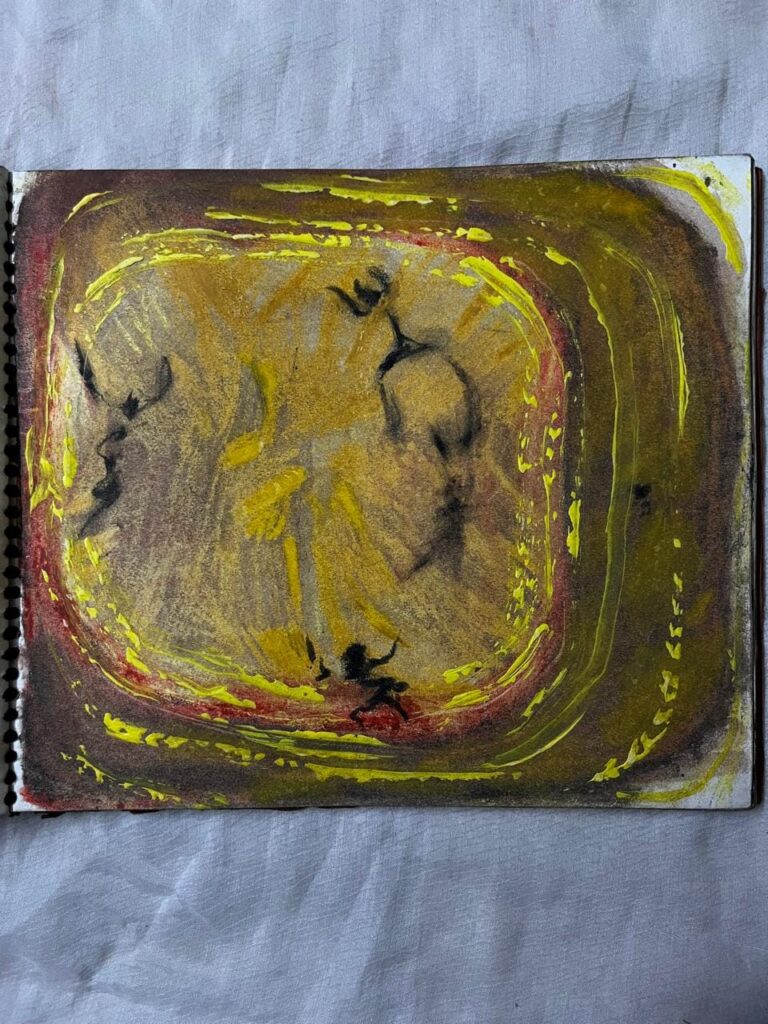





Breaking Free: The Influence of Abstract Pioneers
While rooted in classical training, Indranil Banerjee’s artistic soul sought a more unrestrained and introspective path. Early in his career, he began exploring the works of Wassily Kandinsky and Paul Klee, pioneers of abstract art who emphasized the spiritual and emotional dimensions of painting. Kandinsky’s bold use of color and form to evoke emotions and Klee’s playful yet profound abstraction profoundly influenced Indranil’s approach to art.
Inspired by these abstract pioneers, Indranil experimented with breaking the rigid frameworks of traditional styles. His works began to transcend the representational, focusing instead on the essence of emotion and the subconscious mind. This shift marked his transition from being a traditional painter to an abstract expressionist, where his canvas became a realm of self-discovery rather than a medium for storytelling.
Merging Tradition with Innovation
Indranil’s art is a harmonious blend of the classical and the contemporary. His mastery of traditional techniques enables him to use abstraction in ways that remain rooted in a deep understanding of form and color. While his early works showcased his ability to replicate reality with stunning detail, his later works reveal an artist unafraid to explore the depths of his inner world.
Each painting is a meditative process for Indranil. He does not begin with a predefined narrative or concept; instead, his first stroke sets the tone for the entire composition. As he explains on his website, his process is deeply introspective:
“Canvas, to me, is a subject. It tolerates my angry outbursts and patiently listens to my imagination. The first tone on the canvas decides the flow and flight of my journey.”
This philosophy is evident in his abstract works, where color, texture, and form seem to dance together in an organic rhythm. His paintings do not demand interpretation; they invite the viewer to feel, reflect, and engage with the raw emotions they evoke.

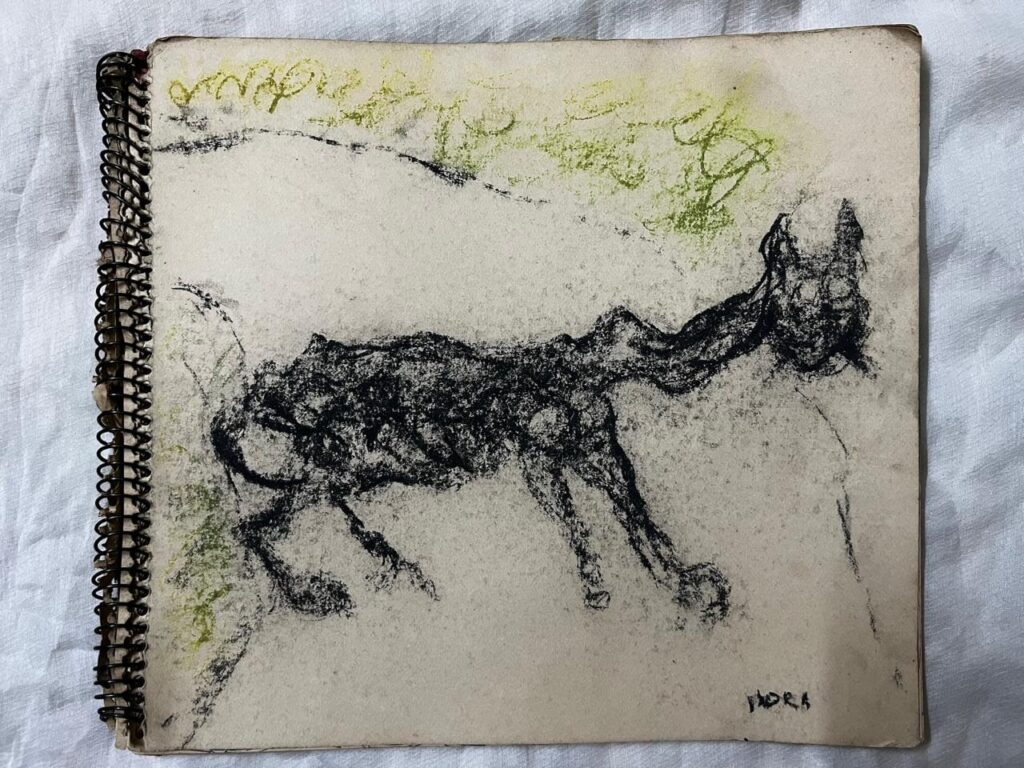

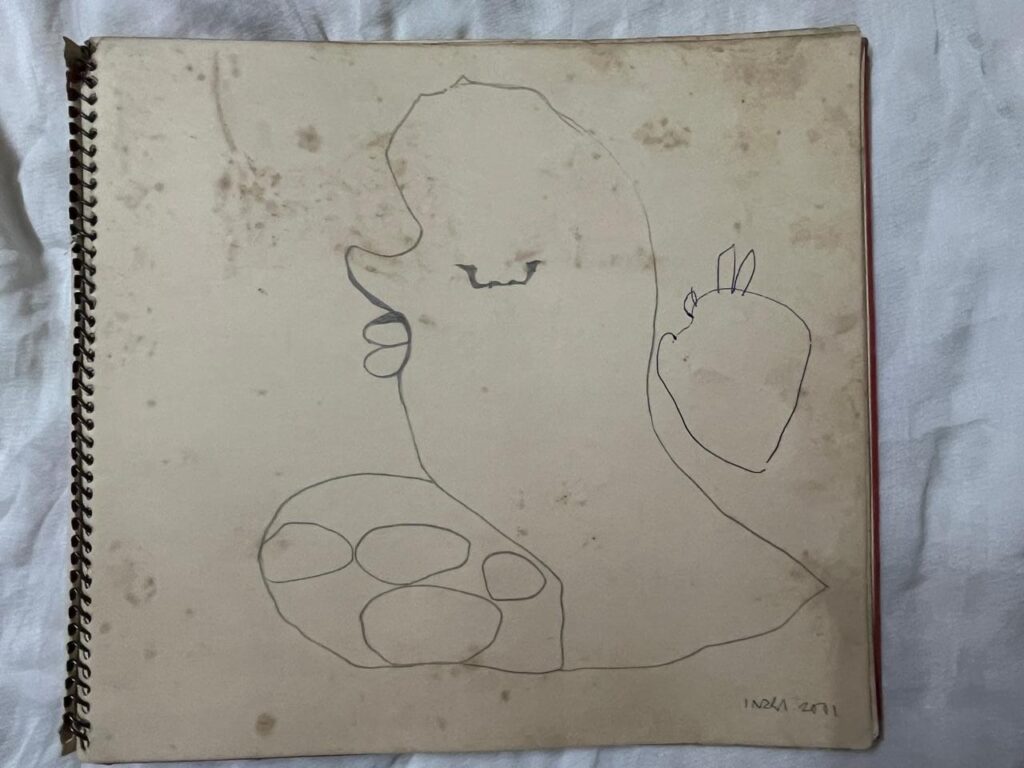


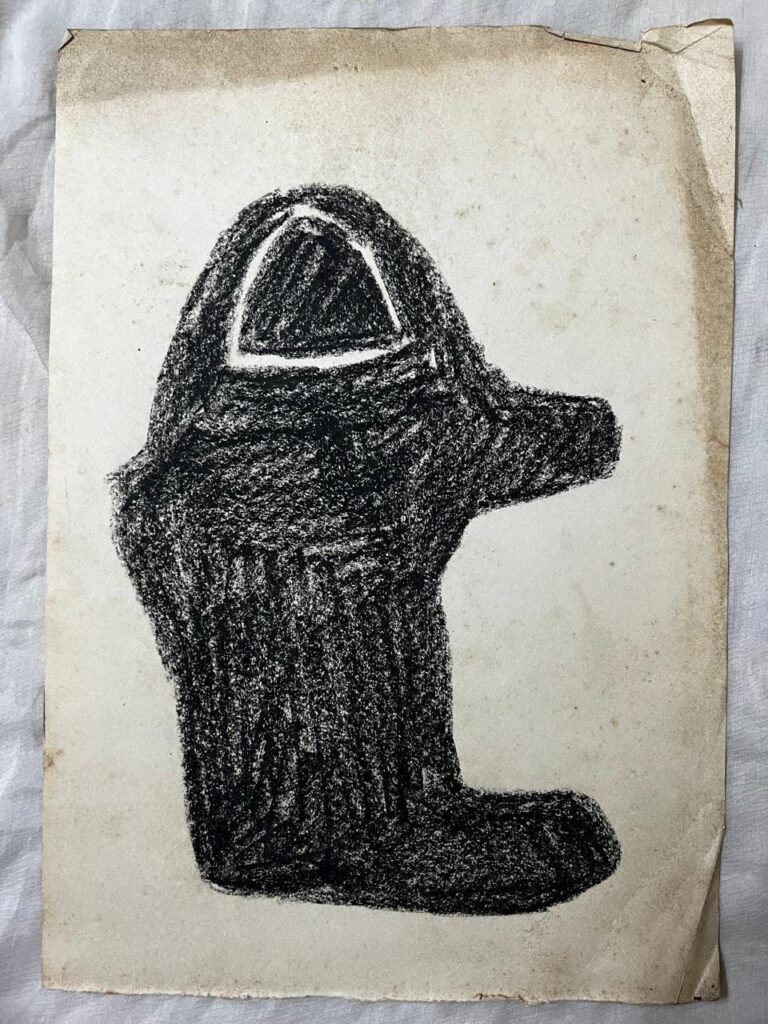
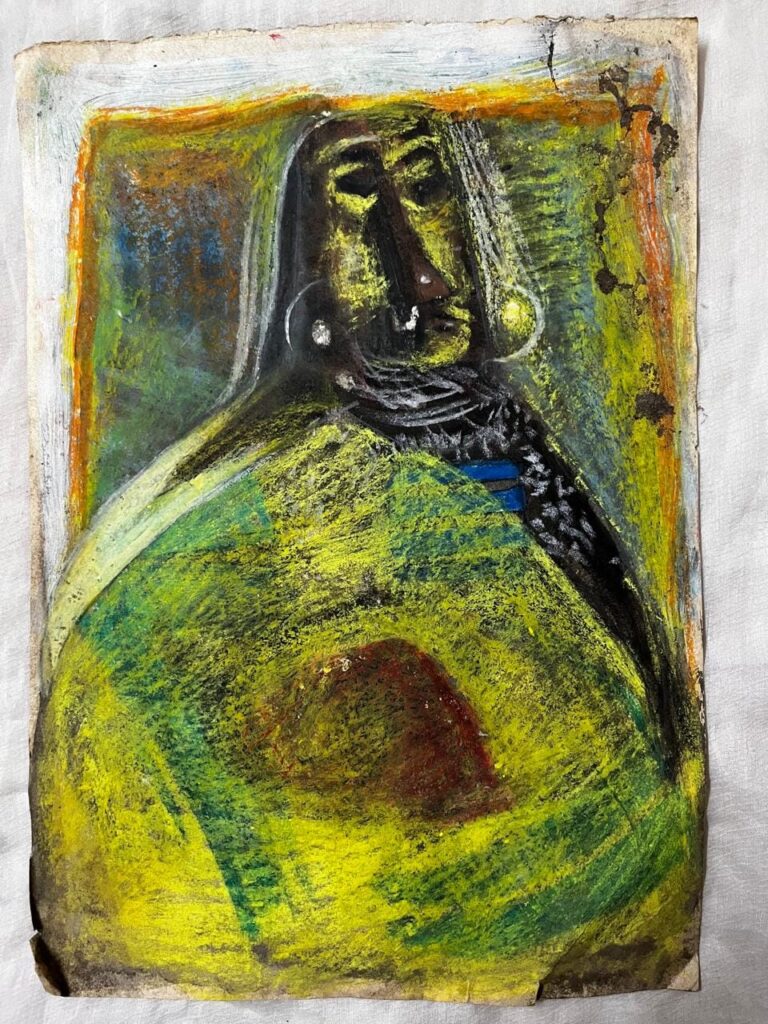
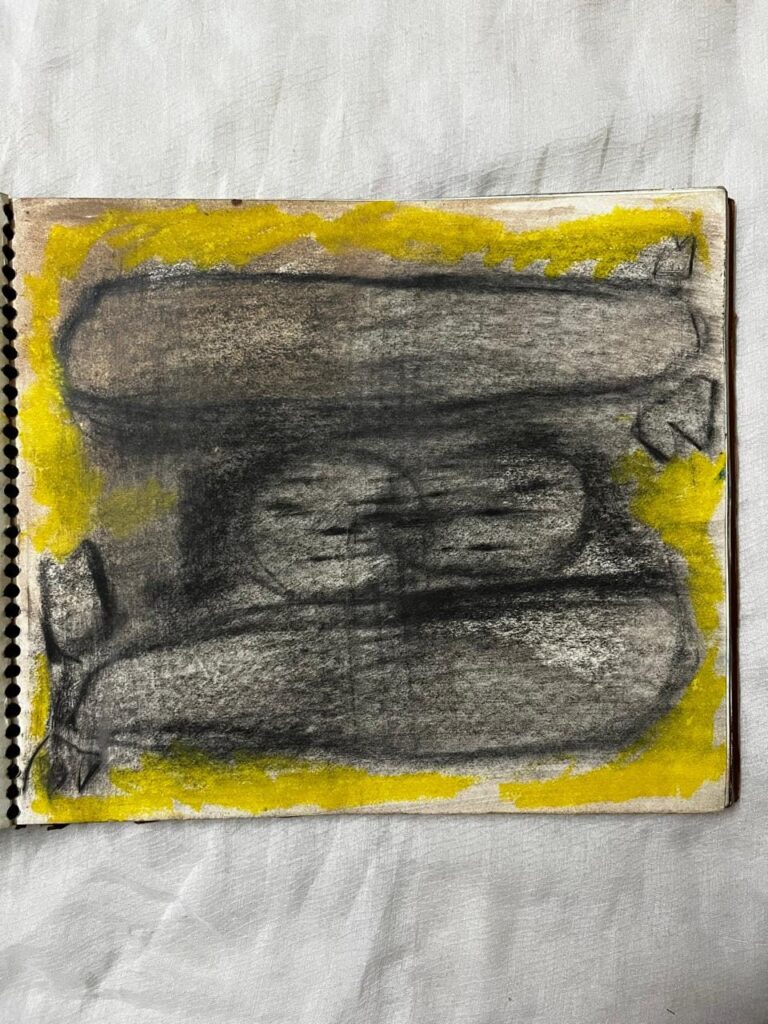







A Unique Voice in Abstract Expressionism
What sets Indranil apart is his ability to merge the meticulous discipline of traditional painting with the unbridled creativity of abstraction. His works are not just paintings; they are emotional landscapes, reflecting the artist’s inner struggles, joys, and reflections. He rejects the notion of art as a medium for messages or stories, stating:
“I always feel that paintings are not a medium or place to show my concept, ideas, or beautiful stories. It does not carry any message. Rather, it takes me to a world within me, finding myself through a path of self-realization.”
His paintings embody this ethos, offering a window into a deeply personal yet universally resonant world. While his techniques echo the traditions of Turner and Constable, his compositions carry the boldness and spontaneity of Kandinsky and Klee.
A Legacy of Experimentation
Indranil’s continuous experimentation has been a defining feature of his practice. Even during his college days, he filled countless sketchbooks with scribbles and ideas, treating them as personal diaries of his artistic growth. This willingness to explore, fail, and innovate has allowed him to create a body of work that defies categorization.
While his work may not always align with conventional tastes, it has carved a niche for itself in the world of contemporary art. His abstract expressionism stands as a testament to the power of introspection and the courage to break free from tradition. As he reflects on his journey:
“No one understood it, and no one understands it still. But I paint for myself, not for others.”

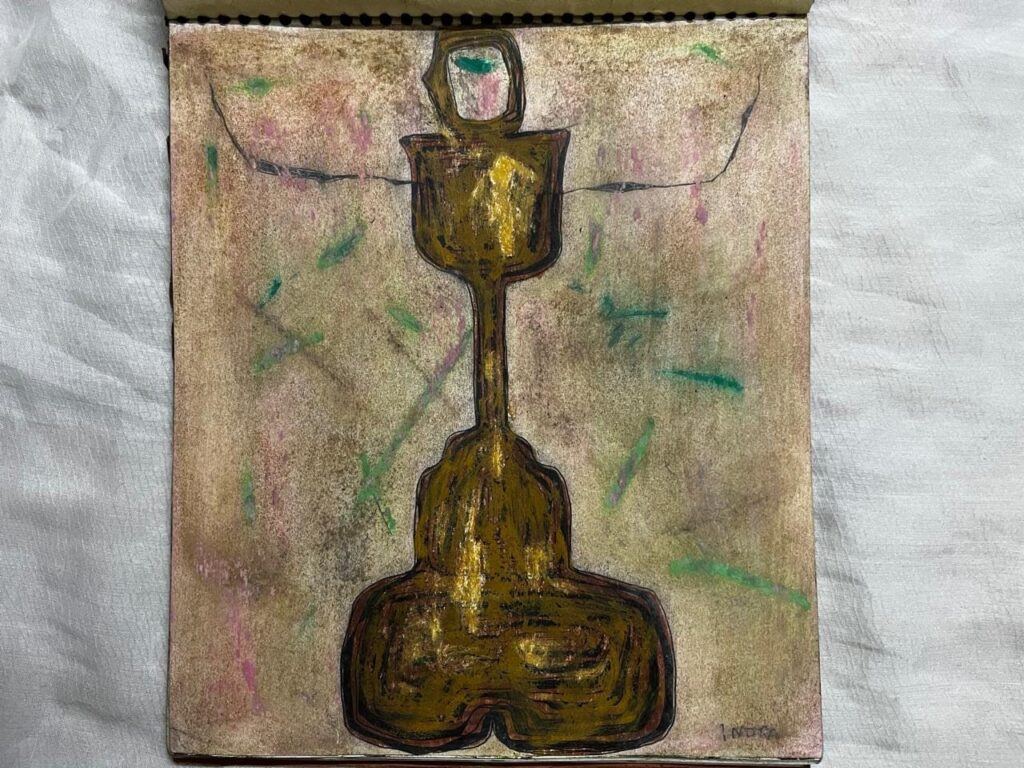









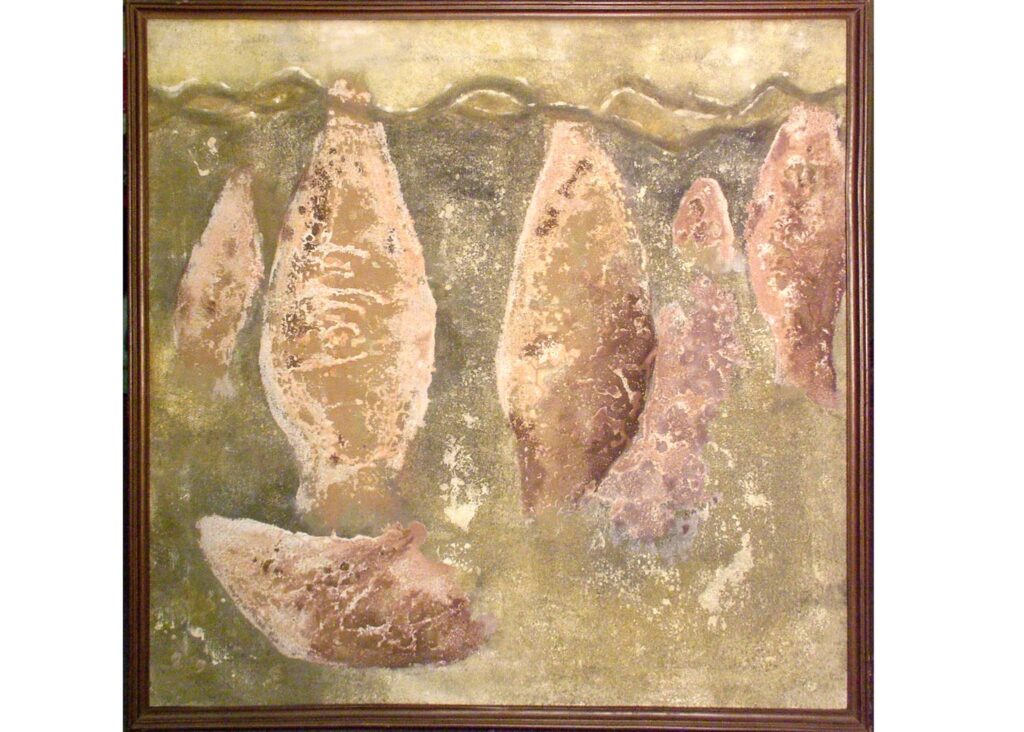


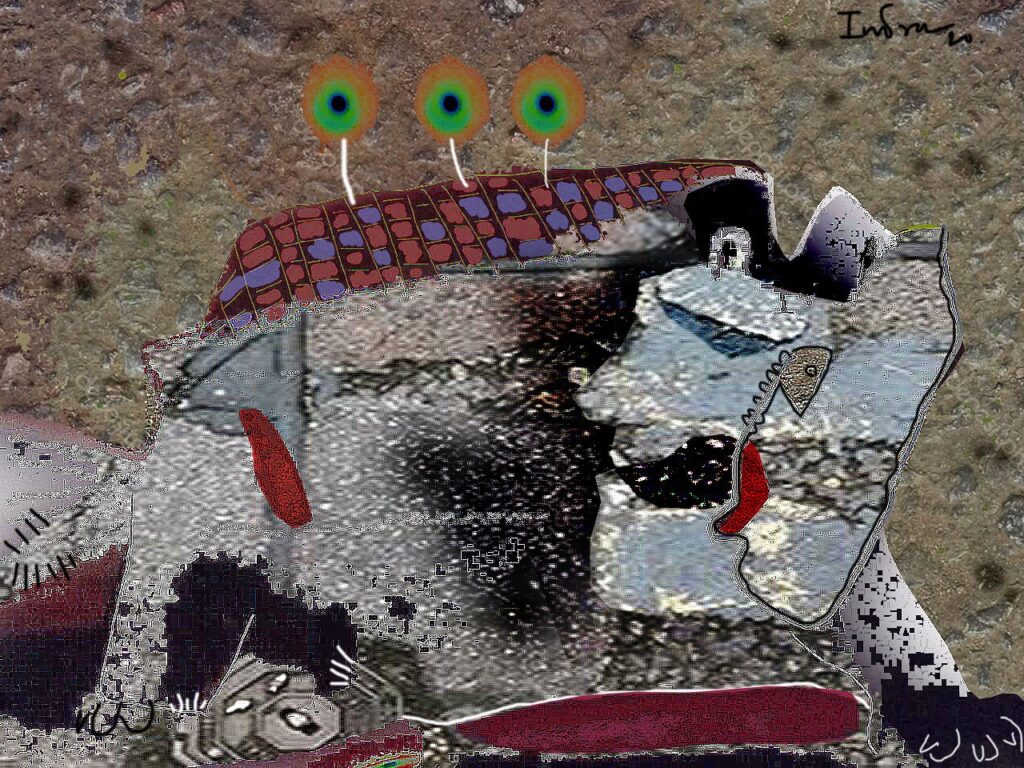
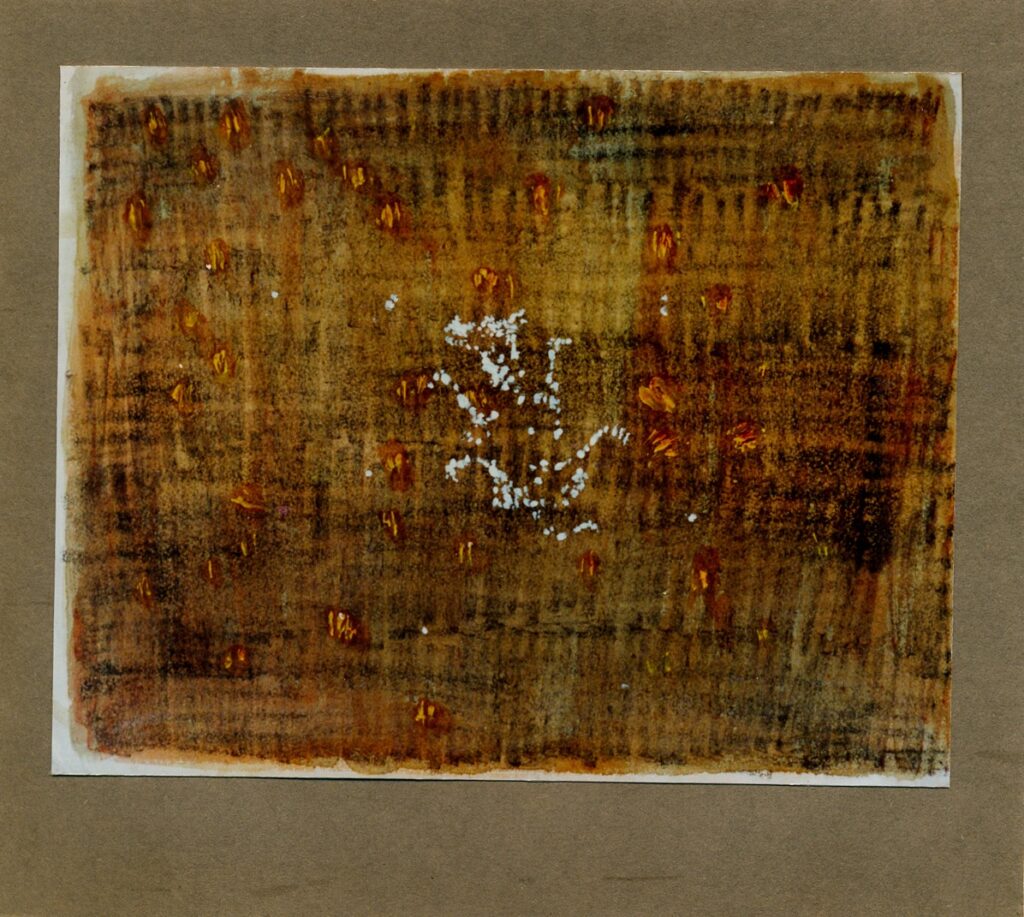
Conclusion: An Artist beyond Definitions
Indranil Banerjee’s artistic journey is a testament to the transformative power of art. Grounded in the classical traditions of oil and watercolor painting, he has forged a path that is uniquely his own, blending the discipline of Western techniques with the emotional depth of abstract expressionism. His work is a celebration of the inner world—a journey of self-realization that transcends traditional boundaries.
In a world that often seeks quick answers and immediate gratification, Indranil’s art invites viewers to pause, reflect, and connect with their own emotions. It is not just a visual experience but a spiritual one, rooted in the timeless quest to understand oneself.
